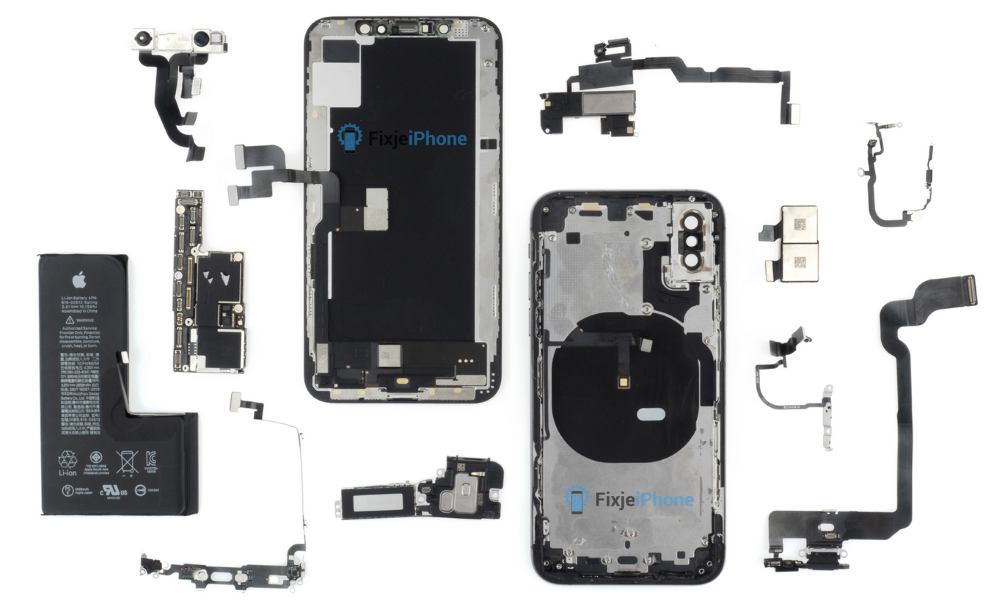Apple’s Latest Deal seen as Mutually Beneficial
Article By : Dylan McGrath, EE Times

No losers in Apple-Dialog deal, say analysts
Apple's $600 million deal to buy Dialog Semiconductor's power management IC business is not only a shrewd move from Apple's perspective, but it is also the best possible scenario for the British chip company considering that its biggest company was inevitably going to design Dialog out of most if not all of its products.
To be clear, Dialog would have clearly preferred its lucrative arrangement with Apple — which as recently as 2016 accounted for 74% of Dialog's revenues — indefinitely. But by late last year, Dialog could see the writing on the wall, warning in a regulatory filing that it realized that Apple had the potential to bring its PMIC development in house, leaving Dialog out in the cold. Speculation that Apple was working to develop its own PMICs had been swirling in Silicon Valley for more than a year.
“It was sort of a poorly kept secret that Apple was developing its own PMICs,” said Kevin Anderson, a senior analyst covering power semiconductors at IHS Markit.
Reading the tea leaves gave Dialog the opportunity to begin to diversify its portfolio. The firm had already begun to reduce its reliance on Apple — which in 2015 accounted for 80% of its sales — and began making a series of acquisitions that broadened its product portfolio, including buying Silego Technology for $306 million last year. (Recall that Dialog also stuck a deal to acquire Atmel for $4.6 billion in 2015, but that the deal was eventually cancelled when Microchip Technology trumped Dialog’s offer).
At this point, with the eventual loss of Apple’s PMIC business a foregone conclusion, Dialog’s very survival depends on executing its strategy of broadening its portfolio and customer base in IoT, mobile, automotive and computing/storage. The Apple deal — which includes an upfront payment of $300 million for Dialog products over the next three years — gives Dialog much needed clarity and cash to invest in diversifying its business, Anderson said.

A view of iPhone XS’ parts
For Apple, by the way, the quest to develop its own PMICs and cut Dialog out wasn’t just a cutthroat strategy to advance vertical integration for cost control. According to Anderson, as process node migration continues and power consumption an ever-present factor, tight integration between PMICs and the rest of the system is becoming an even more critical strategic advantage. With an outside supplier, no matter how close the relationship, it’s really not possible to achieve the optimum level of integration, Anderson said.
“This [deal] gives Apple deep expertise in PMIC design so they can manage the power drain as they move to more advanced process nodes,” Anderson told EE Times. “When you get down to 7nm, current drain is really critical.”
Subscribe to Newsletter
Test Qr code text s ss


